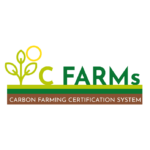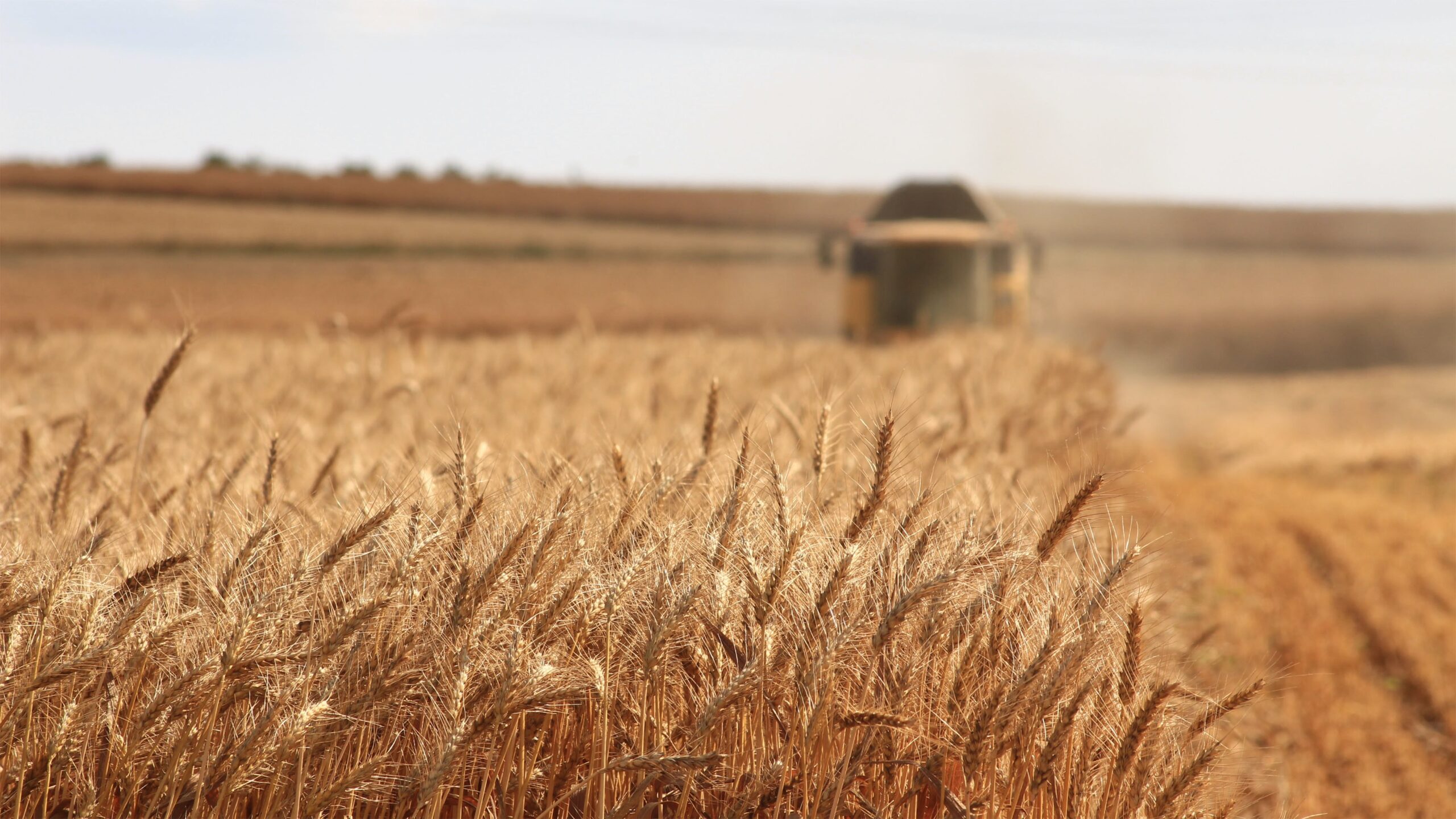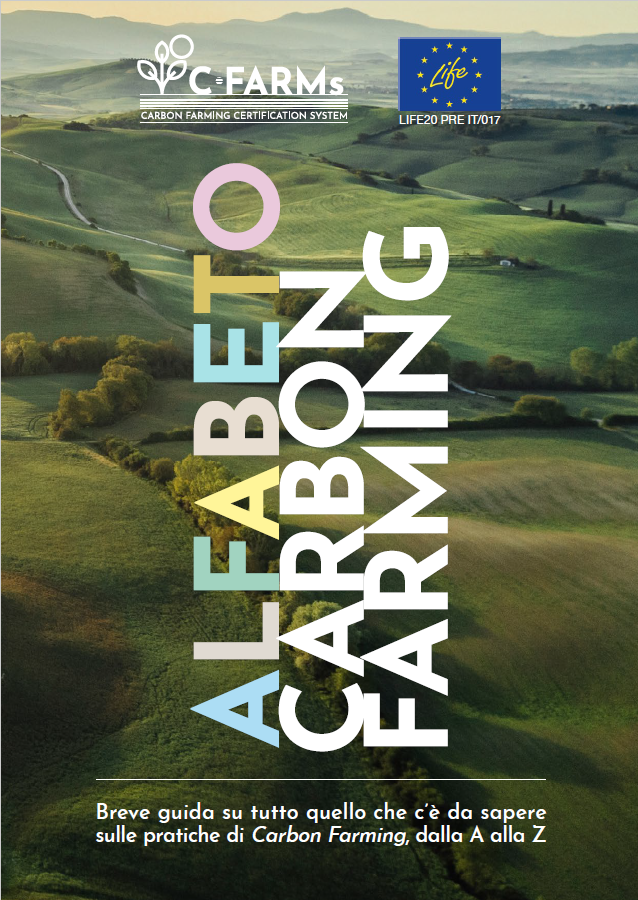Carbon Farming practices are important for climate change mitigation, but are they enough to achieve this? The Climate Change Euro-Mediterranean Center (CMCC), as partner of the LIFE C-FARMs project, gives us an overview of the potential and critical issues in the implementation of these practices for agricultural and forestry companies.
Who are you and what role do you play within your organization?
I’m Lucia Perugini, a researcher of the CMCC, of the division focused on agricultural, forests and ecosystem services impacts (IAFES division).
What activities do you carry out in your daily work?
I study sustainable agricultural practices useful for sequestering atmospheric carbon in the soil and quantifying its mitigation potential for climate change. In fact, carbon can be stored and stocked in the form of humus, through practices that have recently been defined as carbon farming, with both environmental and agronomic benefits.
How is going your work of identification of the main cultural and livestock systems of the Lombardy Region?
The identification was carried out mainly by analyzing data from the FADN (Farm Accountancy Data Network) of Lombardy, a sample survey that classifies farms according to their technical-productive orientation and their economic dimension. The most important cultivation systems and farms in Lombardy Region were thus identified, both in terms of company size and cultivated area. The selection of carbon farming techniques, (thanks to the intersection with other administrative databases) afterwards restricted the field of action to those systems most useful for the purposes of the project.
Are there any critical issues that you have registered so far in the work for action focused on Carbon Farming practices (Action A2)?
Yes. To talk about climate change mitigation practices, a defined “life cycle assessment (LCA)” approach should be adopted, which takes into account all the emissions generated by an agricultural system. Considering only the carbon dioxide sequestered or not emitted at ground level and, moreover, in the first 30 centimeters of soil alone, it carries the risk of underestimating or overestimating the climate mitigation potential of some agricultural practices.
What are the real needs of companies to realize carbon farming practices?
To answer this question we are organising a questionnaire to be sent to a large number of farms operating in Lombardy Region in order to identify the current management of the organic substance of the soil, the reasons that limit farmers to adopt alternative practices and the kind of support that can promote a more sustainable management. We hypothesize that the synergical action among economic incentives, correct information on agronomic co-benefits, adequate technical support and a greater market value of products deriving from carbon farming can stimulate farmers in the transition towards sustainability, in its wide definition: environmental, economic and social.
In your opinion, can this activity be easily implemented for other Italian Regions?
The approach used is not specific to the Lombardy Region, but it is potentially applicable in all other Italian Regions.
What are the next steps in your action?
Currently we are proceeding with the identification of the demonstration farms to be involved in the project and in parallel completing the questionnaire for the companies. We are also defining the carbon sequestration potential of carbon farming practices based on a review of the scientific literature.




